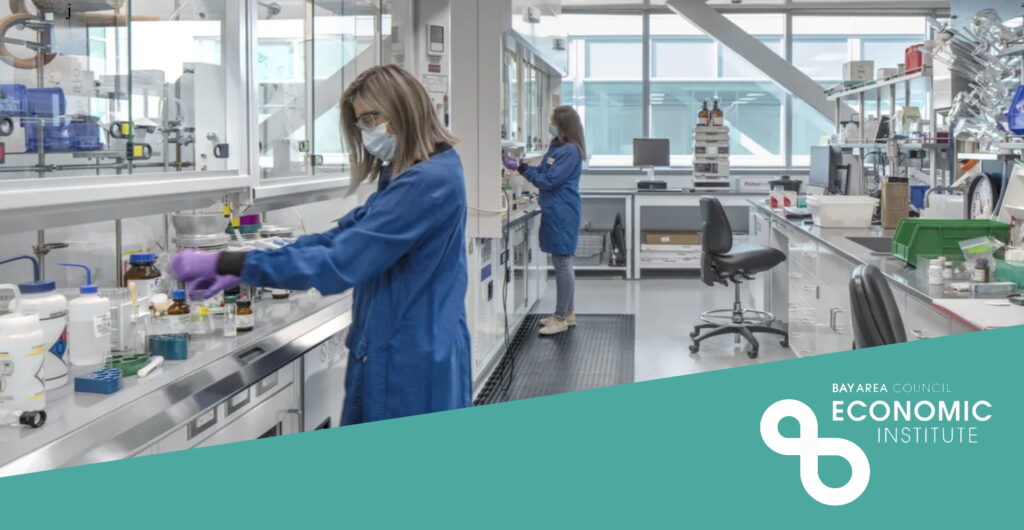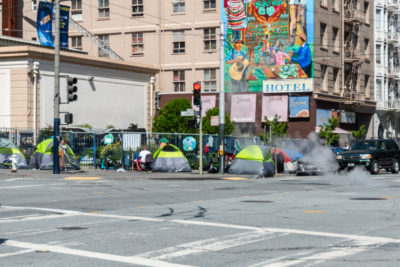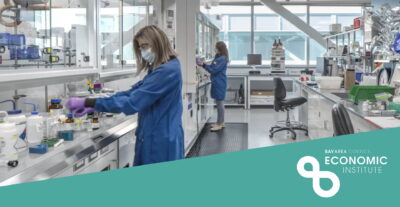New Studies Highlight Gilead Sciences’ Major Economic Impact in San Mateo County and Across California

Gilead Sciences, Inc. is driving billions of dollars in economic activity, supporting thousands of jobs, and cementing San Mateo County and California as global leaders in life sciences innovation, according to two new studies released today (Sept. 3) by the Bay Area Council Economic Institute.
The reports, which analyze Gilead’s planned campus expansion in Foster City, detail both the local and statewide impacts of the company’s operations and investments. Gilead, the Bay Area’s second-largest biotechnology employer, plans to invest approximately $847 million between 2024 and 2029 to construct three new state-of-the-art facilities, expanding its 73-acre headquarters campus.
Regional Impact (San Mateo County):
- 4,546 jobs supported locally during construction.
- $477 million in wages and $716 million in GDP generated in the county during construction.
- $1.1 billion in total county economic output tied to expansion.
- Annually, Gilead’s operations will support 1,151 jobs across a range of roles and skills, from scientists to support staff, generate $256 million in wages, contribute $90 million to GDP, and produce $167 million in economic activity in San Mateo County.
Statewide Impact (California):
- 7,352 jobs supported during the construction phase (2024–2029).
- $686 million in wages and $1.1 billion in GDP generated during construction.
- $1.6 billion in total economic output from expansion-related activities.
- On an ongoing basis, Gilead’s expansion will support 2,473 jobs annually, across a range of roles and skills, from scientists to support staff, generate $324 million in wages, contribute $227 million to GDP, and drive $380 million in annual economic activity.
In addition to its economic contributions, Gilead is advancing ambitious sustainability goals, including powering its operations with 100% renewable electricity by 2025, achieving Zero Carbon Certification for new facilities, and transitioning its fleet to all-electric or low-emission vehicles by 2030. The company also continues to invest deeply in local communities, with millions of dollars in recent grants to support public health, education, and nonprofit organizations.





